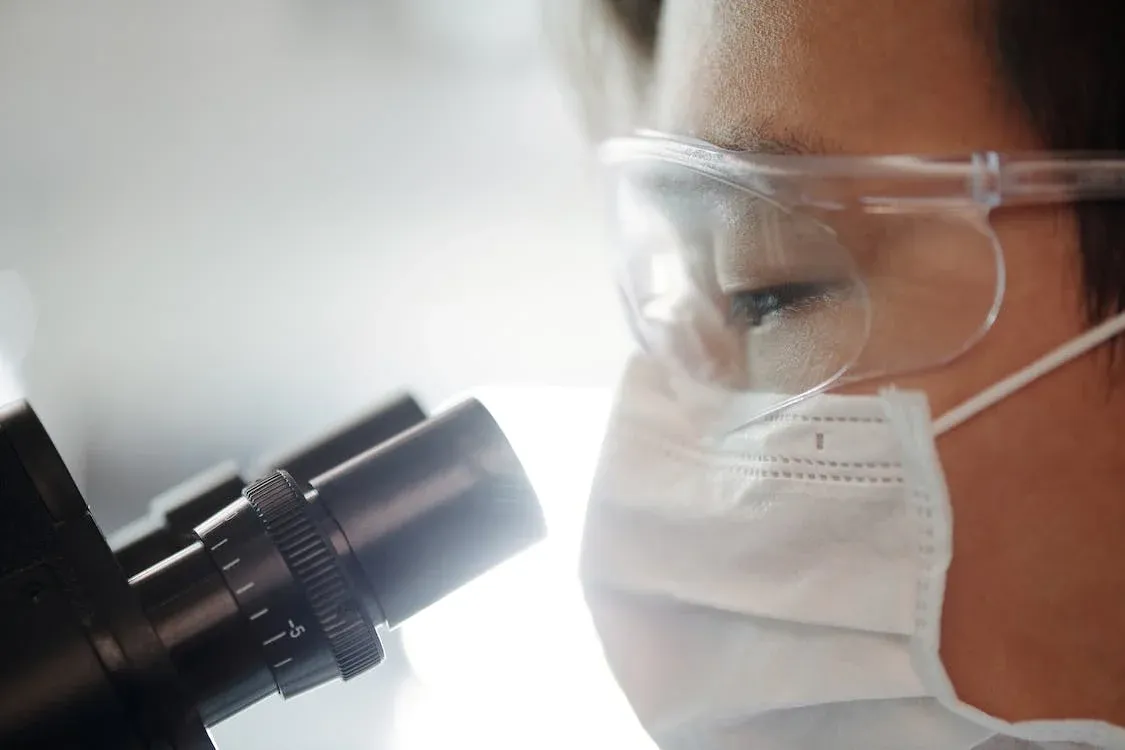Cord Blood Banking: A Comprehensive Guide
{getToc} $title={Table of Contents}
Introduction
Cord blood banking is the process of collecting and storing umbilical cord blood, a rich source of stem cells, for potential future medical use. Stem cells are immature cells that can develop into different types of cells in the body, making them a valuable resource for treating a variety of diseases, including blood cancers, leukemia, lymphoma, sickle cell anemia, and aplastic anemia. Cord blood banking offers several advantages over other sources of stem cells, such as bone marrow or peripheral blood stem cells, as it is less likely to cause graft-versus-host disease (GVHD), a serious complication that can occur when the donor's stem cells attack the recipient's body.
Types of Cord Blood Banks
There are two main types of cord blood banks: private and public.
-
Private cord blood banks store cord blood for the sole benefit of the baby or a family member. Families pay a fee to store the cord blood, and the bank will only release the cord blood to the family for a transplant.
-
Public cord blood banks store cord blood for allogenic use, meaning that the cord blood can be matched to anyone in need of a transplant. Public cord blood banks are typically funded by government or non-profit organizations, and there is no fee to store cord blood.
The Cord Blood Collection Process
The collection of cord blood is a simple and painless procedure for both the mother and baby. After the baby is born, the umbilical cord is clamped and cut. The blood that remains in the cord and placenta is then collected and processed. The collection process typically takes about 5-10 minutes and does not interfere with the bonding time between mother and baby.
Cord Blood Storage and Processing
Once collected, cord blood is processed to remove red blood cells and plasma, leaving a concentrate of stem cells. The stem cells are then stored in liquid nitrogen, which keeps them viable for many years. Public cord blood banks store cord blood in large tanks that are shared by multiple donors. Private cord blood banks typically store cord blood in individual vials, which are dedicated to a specific baby or family.
The Decision to Bank Cord Blood
The decision of whether or not to bank cord blood is a personal one. There are several factors to consider, such as the cost, the potential benefits and risks, and the family's medical history. Parents should talk to their doctor about cord blood banking to get more information and make an informed decision.
Benefits of Cord Blood Banking
There are several potential benefits to cord blood banking. These include:
- Cord blood is a rich source of stem cells. Cord blood contains a higher concentration of stem cells than adult bone marrow, which is another source of stem cells for transplantation.
- Cord blood stem cells are less likely to cause GVHD. Cord blood stem cells are more immature than adult bone marrow stem cells, making them less likely to cause GVHD.
- Cord blood is readily available. Cord blood is collected at the time of birth, so it is readily available if needed for a transplant.
Risks of Cord Blood Banking
There are some potential risks to cord blood banking. These include:
- The cost of cord blood banking. Cord blood banking can be expensive, and not all insurance plans cover the cost.
- The risk of contamination. Cord blood can be contaminated with viruses or bacteria during collection or storage.
- The risk of rejection. Even if a cord blood transplant is successful, there is still a risk that the recipient's body will reject the transplanted cells.
The Future of Cord Blood Banking
Cord blood banking is a promising field of medical research. Researchers are continuing to learn more about the potential benefits of cord blood stem cells. They are also developing new methods for collecting, storing, and using cord blood.
Conclusion
Cord blood banking is a safe and effective way to preserve stem cells for potential future medical use. Cord blood stem cells have the potential to treat a variety of diseases, and they are less likely to cause GVHD than adult bone marrow stem cells. The decision of whether or not to bank cord blood is a personal one, but parents should talk to their doctor to get more information and make an informed decision.

